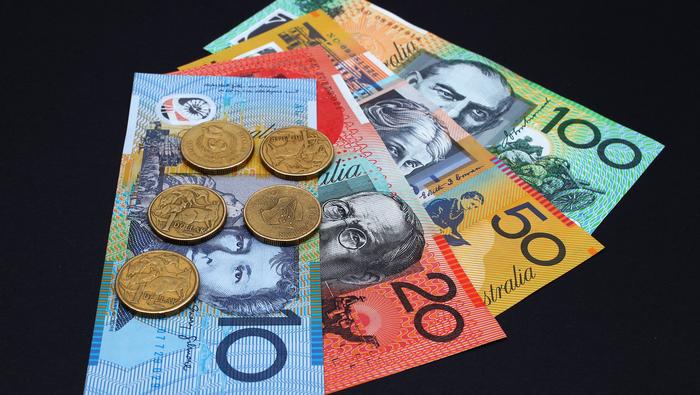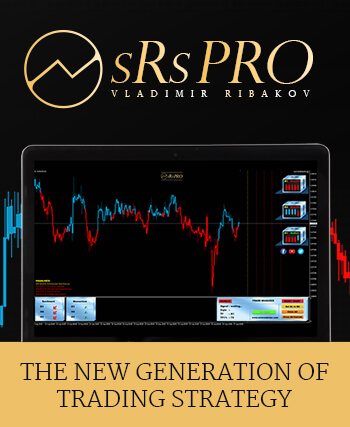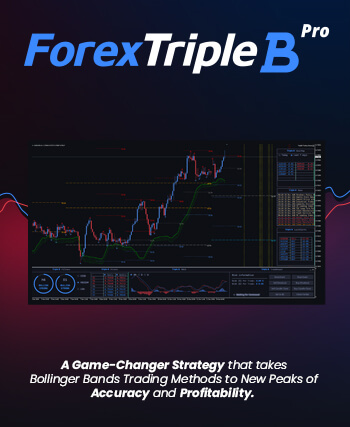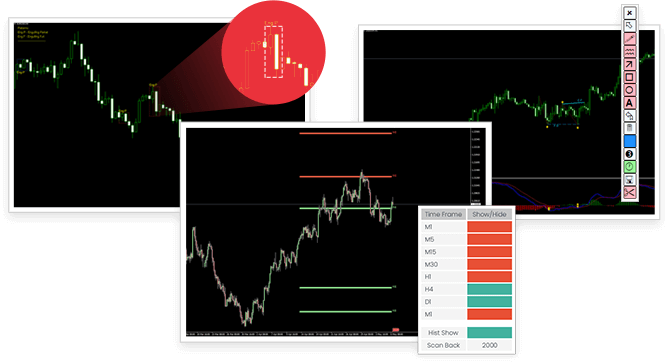AUD, short for the Australian Dollar, is the official currency of Australia, Christmas Island, Nauru, Tuvalu, Papua New Guinea, and other South Pacific independent countries.
Referred to as the Aussie, the AUD replaced the Australian pound in 1966 and became a free-floating currency in 1983. To add, the value of the Australian Dollar is considerably influenced by its geology, geography, and governmental policies. This affinity between the Australian Dollar and those three determinants has earned the AUD a currency classification of being a commodity currency amongst traders.

In forex, the Australian Dollar is one of the most frequently traded currencies and generally tends to be invested against more high-interest rate currencies such as the USD and JPY. Additionally, the AUD/USD currency pair is renowned for sharing a negative correlation with the USD/CAD and USD/JPY currency pairs.
Determinants that are said to affect the Australian Dollar include commodity prices, purchasing power parity (PPP), interest rate differentials, and market sentiment.
Going back to the AUD being known as a commodity currency, the Australian Dollar value is significantly influenced by Australia’s GDP and volume of exports concerning metals, meat, wool, coal, and diamonds. To expand, global demand for commodities may also play a significant role in influencing the price of the AUD.
Although considered an imperfect model for exchange rate equivalence, purchasing power parity reveals whether a currency is overvalued or undervalued. Should the Australian Dollar reflect a strong purchasing power parity then, in conjunction, the value of the AUD is likely to appreciate. To gauge the purchasing power parity of the Australian Dollar, traders commonly refer to the Big Mac Index.
Interest rate differentials are said to be the primary driving force of changes concerning the AUD. For example, should interest rates in Australia be around 1.70% while the U.K. reflects 2.60%, investors could generate a significant yield through buying U.K. assets, which depreciates the Australian Dollar as a result of traders selling Australian Dollar.
The Australian Dollar is well-known as a growth currency, should global economic growth tumble then so may the Australian Dollar and vice versa for global economic prosperity.
















